In 1935, a previously unknown Houston artist named Louise Metcalf made quite a stir when two of her paintings were accepted for the Houston Annual Exhibition of that year at the Museum of Fine Arts. No one had met, or even heard of, Metcalf, so the buzz was almost audible as members of the local art community speculated about who she was.
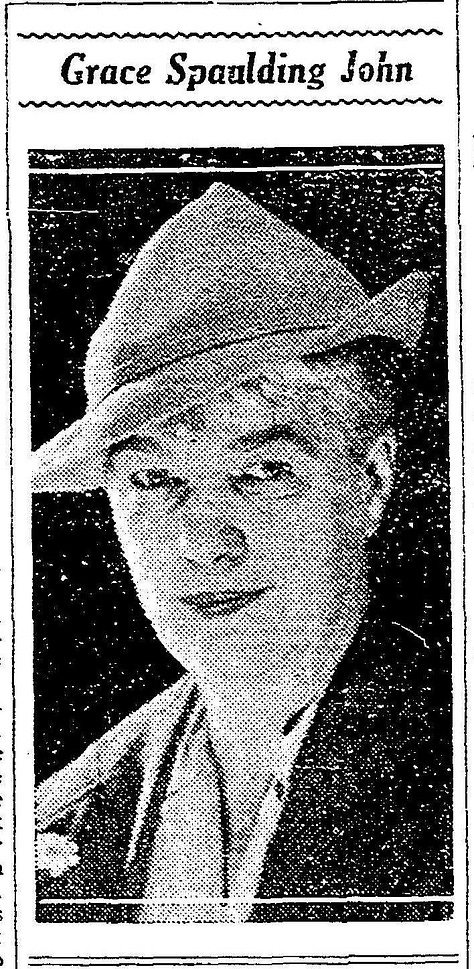
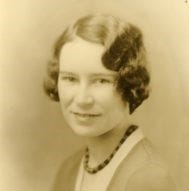
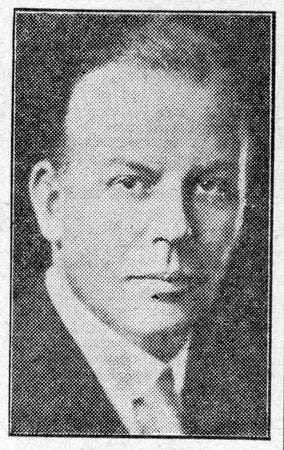
In order to make it into the galleries of the Annual Exhibition, which showcased the best work of local artists from the past year, the paintings had to pass muster with a jury made up of some folks who were pretty prominent in the Texas art world at the time: Grace Spaulding John, Houston artist; Coreen Mary Spellman, member of the art faculty of the Texas State College for Women in Denton; and Lloyd LaPage Rollins, director of the Dallas Museum of Art.
Pass muster they did, and as the most daring works exhibited in Houston up to that point, they got lots of notice.
Perhaps it’s lucky that they didn’t actually win any of the prizes, however, since it was embarrassing enough that they even made the exhibition, when it came to light that Louise Metcalf and her art were actually a hoax concocted by Houston artist, Julian Muench, and Rice University psychology professor, Dr. Frank A. Pattie, each of whom made one of Metcalf’s paintings as part of the plot. Their purpose: to show that anything could pass as art, and that anyone, even someone made up, could be an “artist” in the modern art world of the time. (Do we suppose that maybe they’d already heard of Duchamp?)
Apparently the two were not friends of “Modern” art, and set out to show that anything could make it into the show if it was just outlandish enough. See what you think of Metcalf’s work, shown here along with an article from the Dallas newspaper, where the paintings were exhibited after their newsworthy Houston run. Not bad, actually, for a brand new artist to be shown in both major Texas cities, and written up in the newspaper for her very first work. It's not known if the paintings still exist, but at least we have the images.
It even made the front page of the student newspaper at Rice Institute (as it was then called), where Dr. Pattie was a favorite. It was just the sort of prank that appealed to the student body of what was then a science and engineering school, not so much into art.
Of course, nothing like this Great Houston Art Hoax of 1935 could ever happen today!
Though Muench and Pattie intended to make a point about what some saw as advanced art, which, to their eyes, was not art at all, the shift they both mocked and feared was already unstoppably underway, even in 1930s Houston. A few, mostly younger Houston artists, were even then making work almost as radical as the paintings of the invented Louise Metcalf.
Gene Charlton became known as Houston’s “Abstract Artist” for his lovely little creations of the later 1930s.
And also Frank Dolejska, whose Self Portrait (what do you think of the resemblance?) took a while to find favor, serving for a time as a “hole cover,” as he related on the back of the painting when he made it a gift to friends in 1974.
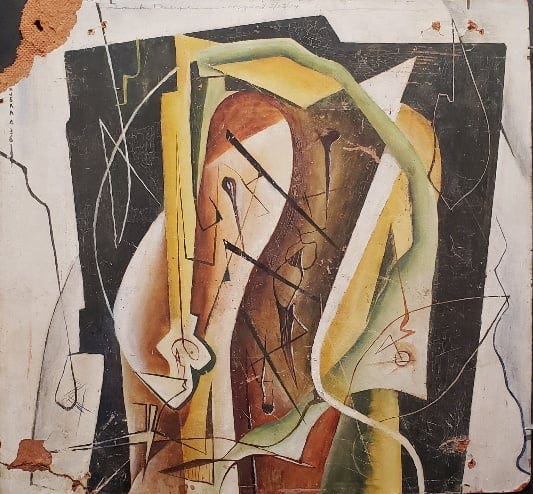
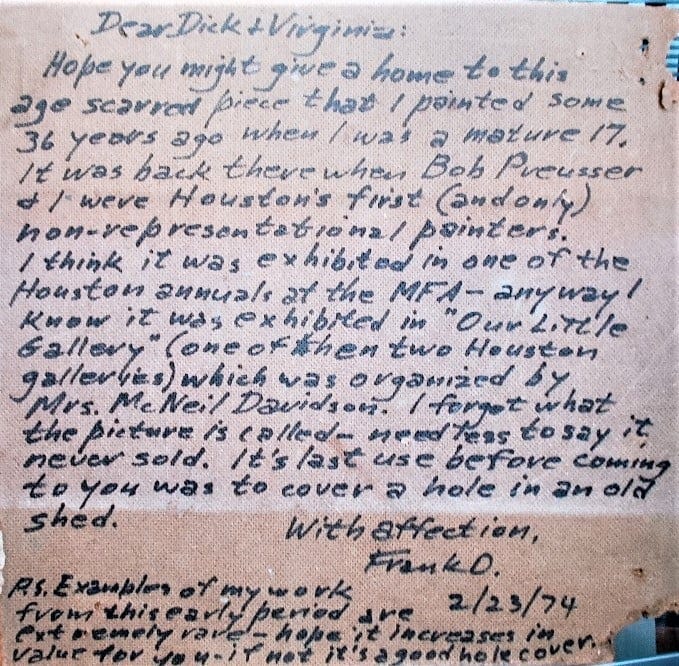
Still, in 1938 they actually opened their own gallery in the garage behind their teacher’s house, the short-lived “520: Our Little Gallery,” devoted to exhibiting abstract art made by Houston artists (mostly themselves).


And in just five years a trio of works by a young Houston artist named Robert Preusser, won the purchase prize of the Annual Exhibition, which the Metcalf hoax paintings had spoofed, becoming the first fully abstract works to enter the collection of the Museum of Fine Arts, Houston. By the time his paintings won the prize, young Preusser, then just 20 years old, had headed off to Chicago to study at the New Bauhaus with László Moholy-Nagy and other “radicals” in the art world who’d recently come to America from Germany when the Nazis closed down the avant-garde original Bauhaus in Weimar as degenerate and too radical (of course nothing like that could ever happen today!).
In those few years, Metcalf was vindicated, and her creators had already come to look more than a little like old fogies. The moral? Perhaps, be careful what you Hoax, because the Hoax may come back to haunt you all too soon.

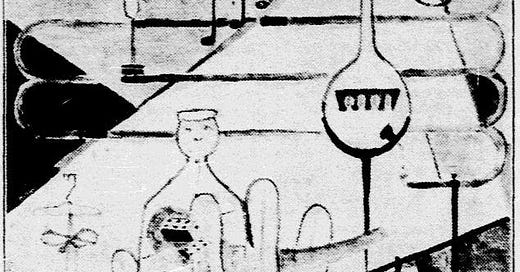



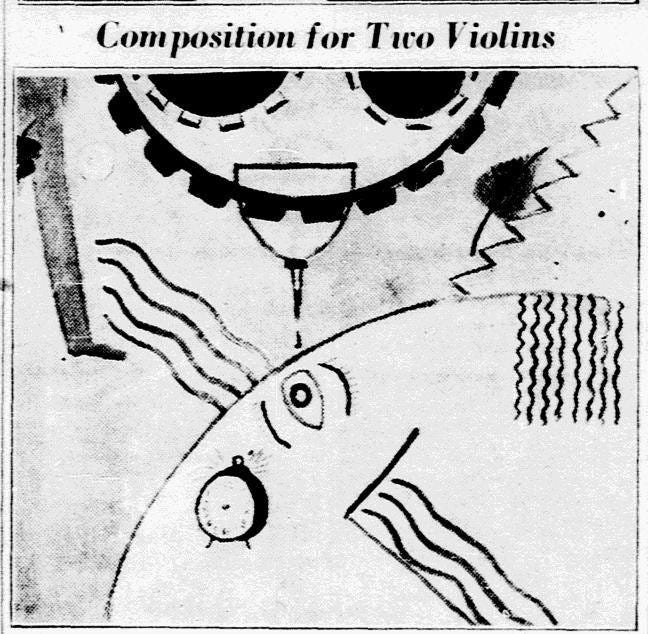
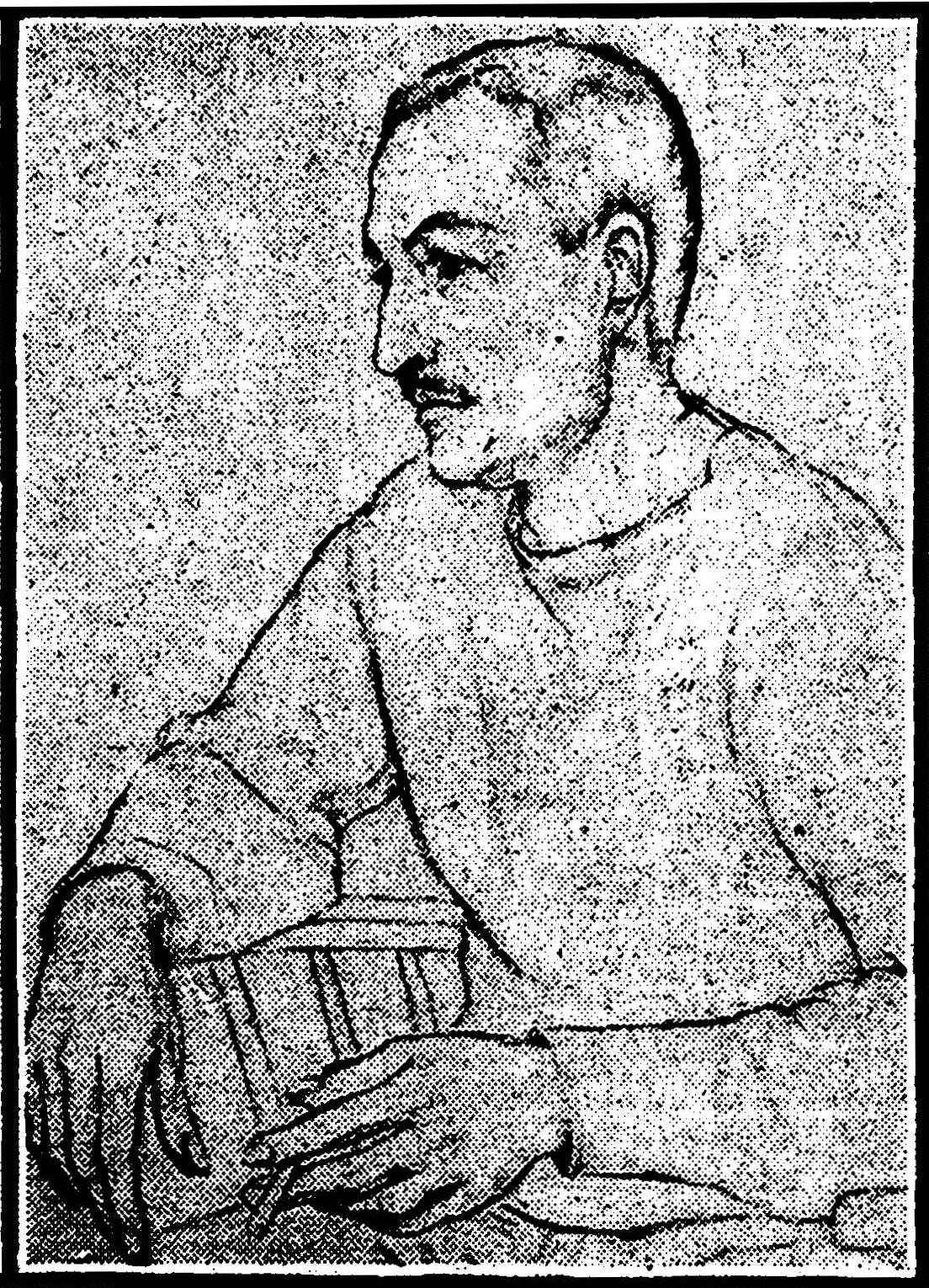
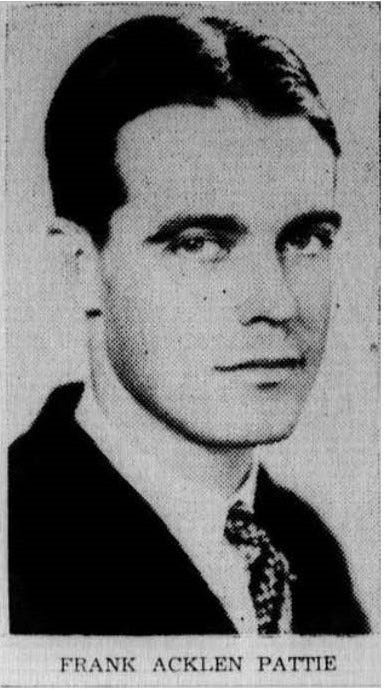

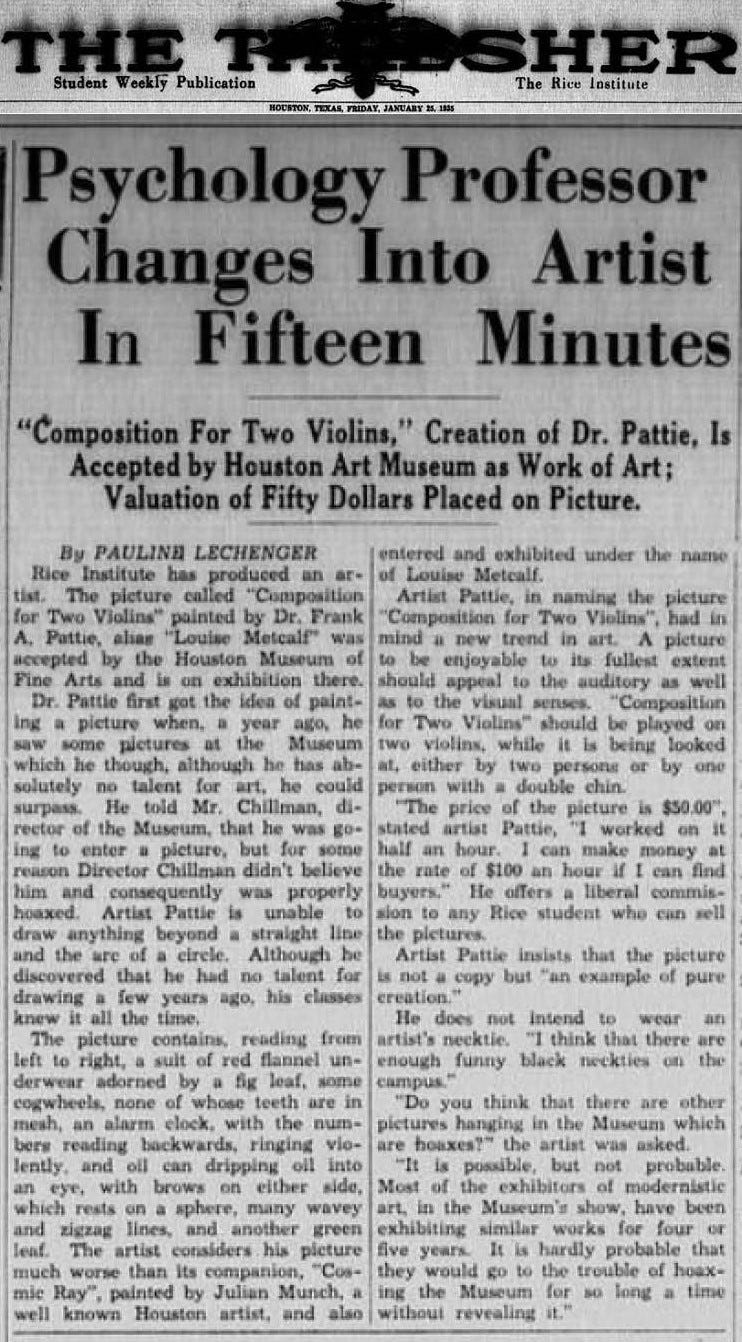
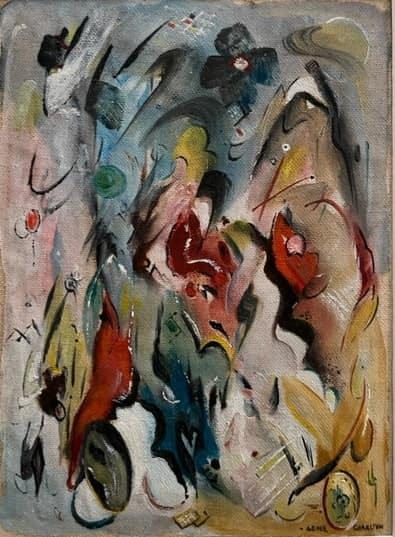

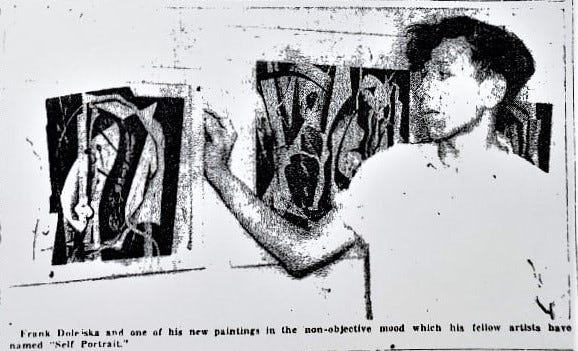
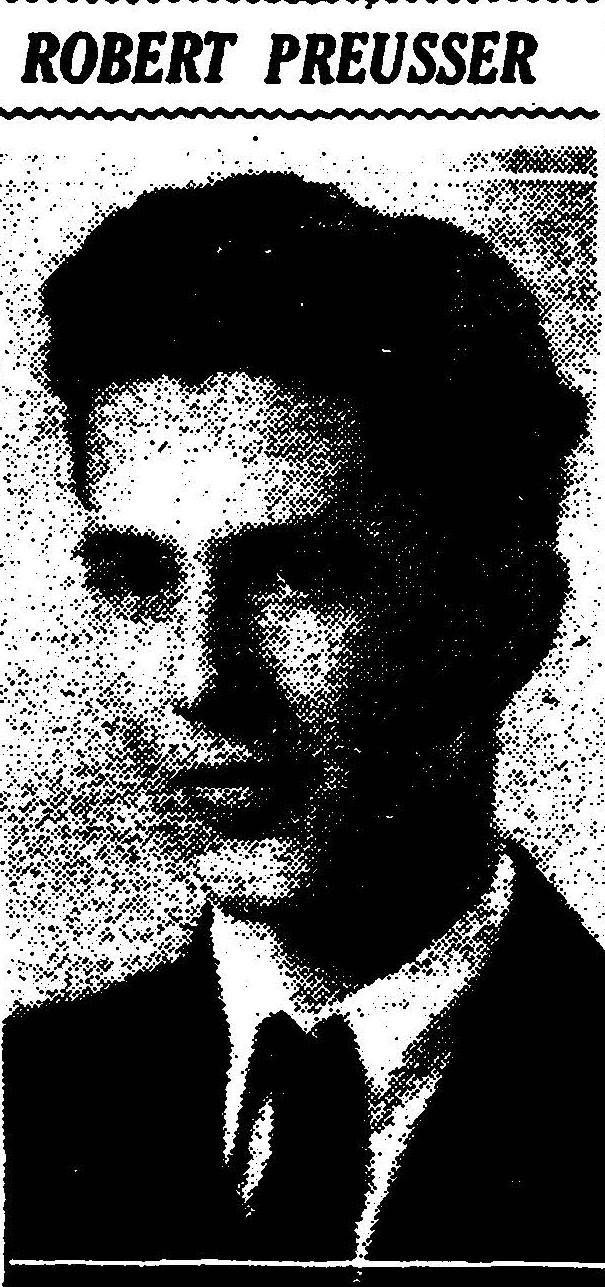
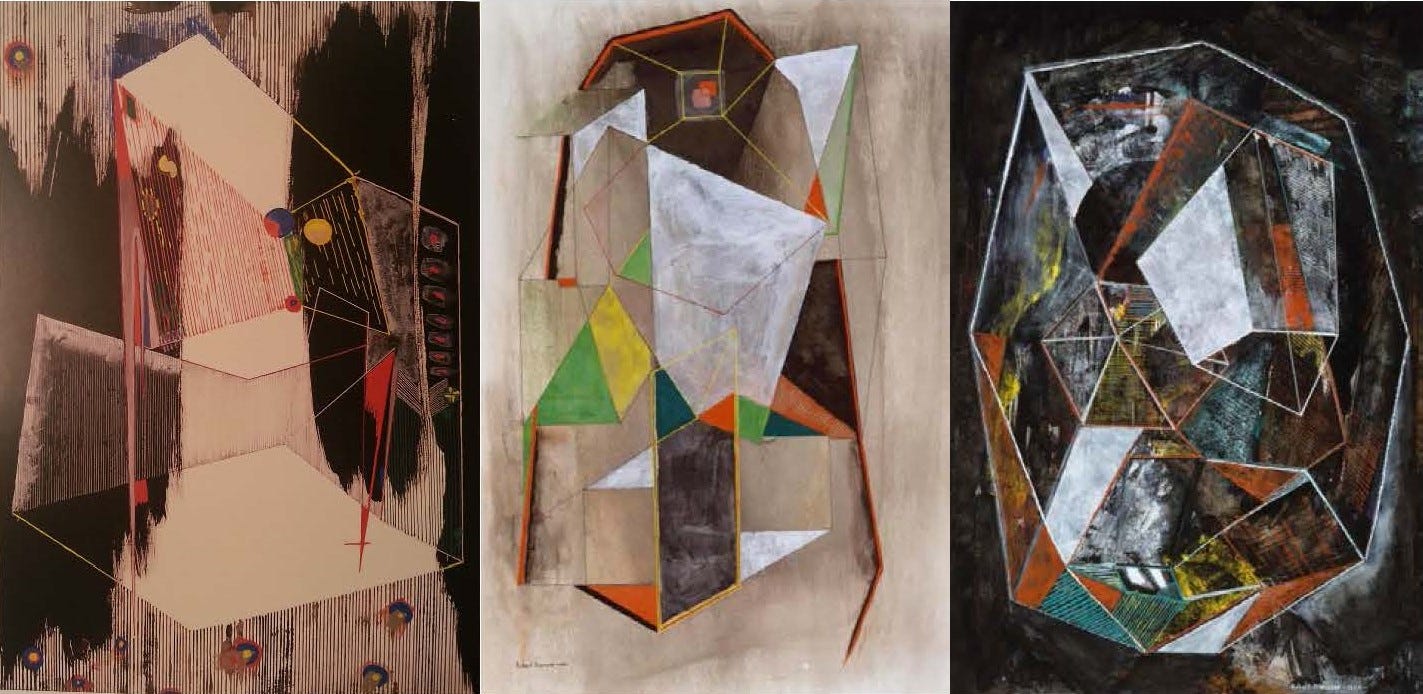
where in the world did you find those newspaper clippings, Randy? Terrific article!
Wish I were still docenting--would I have some tales to tell. Thanks for a great story!